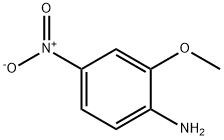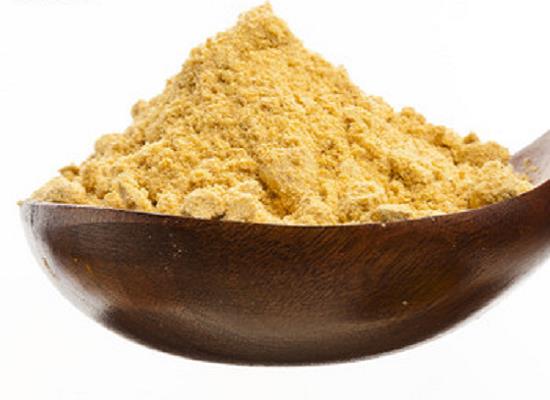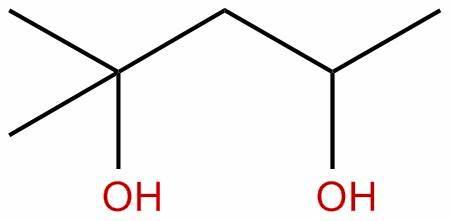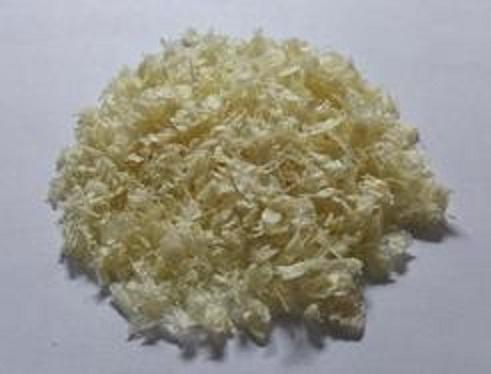What is 2-Methoxy-4-nitroaniline?
General description
2-Methoxy-4-nitroaniline (C7H8N2O3, CAS. No: 97-52-9) appears as the deep yellow powder with a melting point 141 degree. It is slightly soluble in water; soluble in alcohol, acetone, and DMSO. It has a density of 1.211 g/cm3 under 20 degree. It is used in the dying industry.
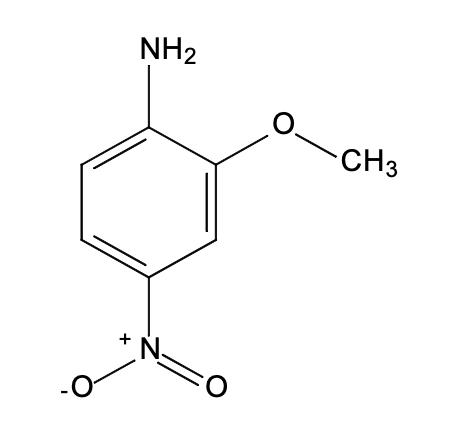
Figure 1 The molecular formula of 2-methoxy-4-nitroaniline
Application
2-Methoxy-4-nitroaniline is used in dyeing processes in the textile industry (e.g., dyeing cotton), as a chromogenic agent in printing processes, and as an intermediate in the synthesis of azo dyes and Pigment Yellow 74, a high production volume chemical which has applications in yellow tattoo inks, emulsion paints, toy enamels, printing inks, and traffic paints. It is also a constituent of pigment pastes for paper and adhesives (1,2).
Synthesis
Preparation of 4-Methoxy-2-nitroaniline could be via p-methoxyacetylaniline through nitration and hydrolysis (3). Add p-methoxyacetylaniline and sodium hydrogen sulfite into chlorobenzene. Then add nitric acid into the mixture in 4 hours at temperature of 25-30 °C. In the process, add sodium hydrogen sulfite one time every hour. After adding the material, the reaction should react for 1.5 hours at the temperature of 25-30 °C. After the reaction, through a series of neutralization, distillation and drying you can get the product.
Toxicity
The most likely source of human exposure occurs during the production, use, and disposal of 2-methoxy-4-nitroaniline containing products. Occupational exposure to dye dust during processing and handling poses the greatest risk of exposure. Inhalation or dermal exposure to dye dust can lead to asthma, eczema, and allergic responses (1, 2).
No epidemiological studies or case reports investigating the association of exposure to 2- methoxy-4-nitroaniline with cancer risks in humans were identified in the available literature.
There was a report of 26 Indian dye-stuff workers with contact dermatitis underwent patch testing with 0.2% solutions of various dyestuffs. Fourteen of the 26 workers showed positive reactions, with only one individual showing sensitization to 2-methoxy-4-nitroaniline. This individual also gave positive reactions to two other chemicals, 5-chloro-o-anisidine hydrochloride and m-chloroaniline hydrochloride (4).
The irritant effects of 2-methoxy-4-nitroaniline were examined in several assays in rabbits. 2-Methoxy-4-nitroaniline was evaluated as not irritating. The irritant effects of 2- methoxy-4-nitroaniline on the rabbit eye was also conducted in accordance with FDA guidelines and OECD guideline No. 405. This chemical was evaluated as not irritating (2).
References
1. BG Chemie (1995a) 2-Methoxy-5-nitroaniline. In: Toxicological Evaluations, Vol.14, Springer, 69-83
2. BG Chemie (1995b) 2-Methoxy-4-nitroaniline. In: Toxicological Evaluations, Vol.14, Springer, 59-68
3. Look Chem: 4-methoxy-2-nitroaniline. https://www.lookchem.com/4-METHOXY-2-NITROANILINE/
4. Mathur, N.J., Mathur, A. & Banerjee, K. (1985) Contact dermatitis in tie and dye industry workers. Contact Derm., 12, 38-41
);You may like
Related articles And Qustion
Lastest Price from 2-Methoxy-4-nitroaniline manufacturers
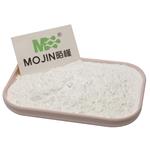
US $100.00/KG2023-08-26
- CAS:
- 97-52-9
- Min. Order:
- 1KG
- Purity:
- 99%
- Supply Ability:
- 5000KG

US $10.00/PCS2023-01-10
- CAS:
- 97-52-9
- Min. Order:
- 1KG
- Purity:
- 99%
- Supply Ability:
- 100 mt
